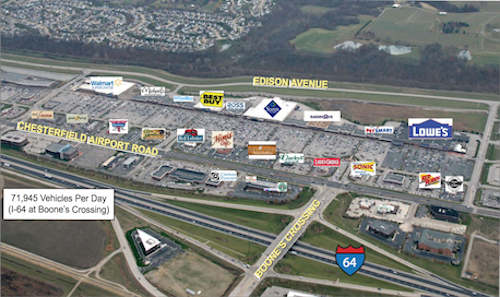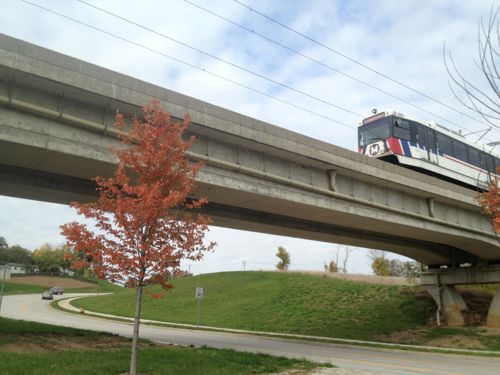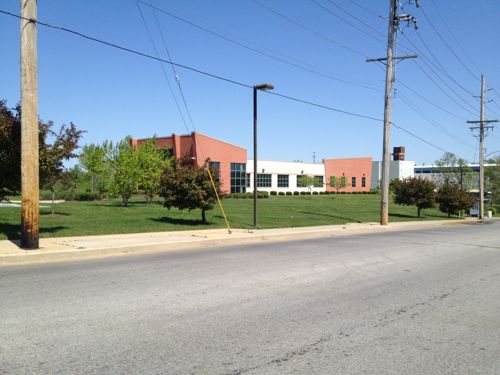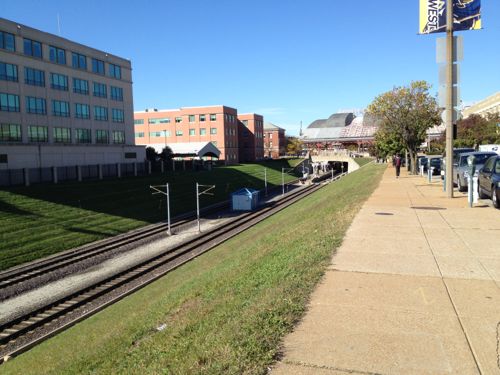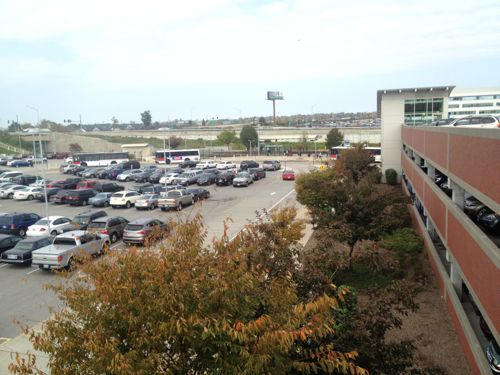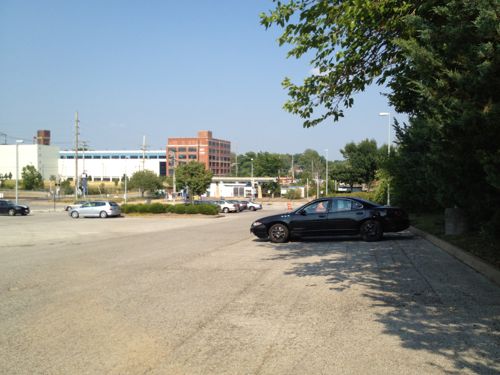Poll: Should St. Louis City & St. Louis County Reconcile? If So, How?

For decades now there have been efforts to nullify the “Great Divorce of 1876“, when the City of St. Louis removed itself from St. Louis County, becoming an independent city with municipal & county offices. All have failed.
Past failure, however, doesn’t deter some from pushing the idea again. An editorial from last month: Time to go public on mediation talks for the Great Reconciliation. A perfect subject for a poll.
Here are the options, in order from no change to big change:
- St. Louis City & St. Louis County should remain completely separate (no change)
- St. Louis City & St. Louis County should remain separate, but partner more
- St. Louis City should rejoin St. Louis County as the 91st municipally
- St. Louis City & St. Louis County (and all its municipalities) should become one government body
- St. Louis City & St. Louis County (and all its municipalities, schools districts, fire districts, etc) should become one government body
The answers will be presented in random order in the poll, located in the right sidebar. Interestingly, any change would require a statewide vote since the state constitution would need to be amended.
— Steve Patterson

